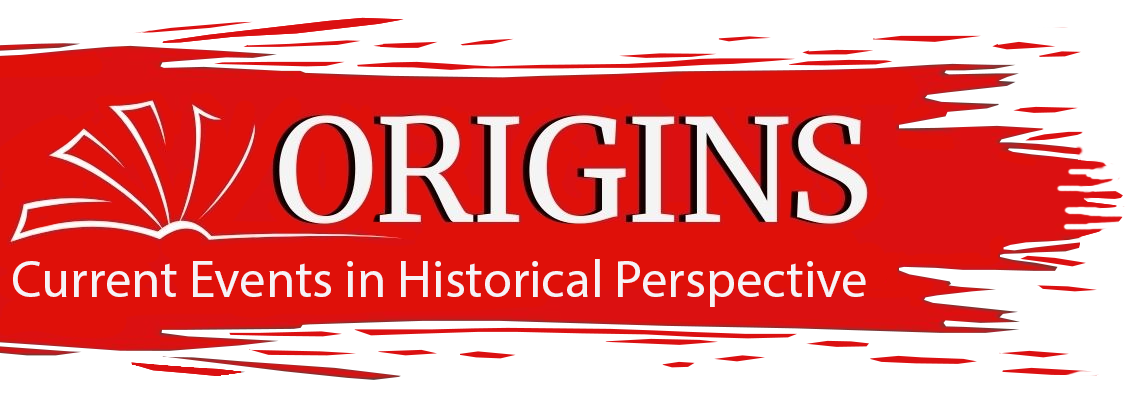Elian Gonzalez has focused Americans' attention on Cuba again, even on Fidel Castro, whom most of us had almost forgotten — most, that is, except the million-plus Cuban-Americans. Not only do Cuban-Americans remember him vividly, but also, during the last 20 years, in the face of overall American apathy, they have virtually dictated U.S. Cuba policy.
So who are the Cuban-Americans? Not simply assorted nuts, as many Americans think. They are approximately 1.2 million people, some 800,000 in and around Miami, some 80,000 in New Jersey's New York City suburbs, and the rest scattered, mostly in large cities.
Their migration to this country began when Castro overthrew dictator Fulgencio Batista, who fled Cuba on New Year's Day 1959. It has continued unabated. Many of today's most prominent Cuban-Americans arrived in the years immediately after Castro's takeover. Some of them, like Florida's two Cuban-American members of Congress, were children then. Castro put many of the ancien regime to the wall; the rest fled.
Many others escaped also then, people who had hoped he would bring democracy to Cuba. They include such figures as Andres Nasario, a former guerrilla leader in the Escambray Mountains, who helped Castro overthrow Batista.
Soon the exiles and the U.S. government joined in a powerful common cause to dump Castro, who, in the peak Cold War years, had allied Cuba with the Soviet Union. But the exiles' relationship with Washington began badly. Outstanding among the CIA's many futile efforts to get rid of Castro was a disastrous invasion effort at the Bay of Pigs in 1961 using Cuban-exile troops. The memory still rankles with Cuban-Americans, who feel President Kennedy did not support them nearly adequately.
Furthermore, Washington never tried to invade again with any kind of force. Kennedy promised the Kremlin he would not do so if the Soviet Union would pull out its missiles in the 1962 crisis. Successive administrations renewed the promise. So when Miami's Cuban Americans stomped on U.S. government toes over Elian, their shenanigans contained an element of payback.
Cuban-Americans have not been able to reverse Washington's hands-off-Cuba stance, but they have spearheaded its policy of isolating Castro. The powerful and conservative Cuban-American National Foundation, the political heavyweight of the many Cuban-American groups, has guided them in that effort.
As interest in Cuban matters waned in the U.S., the foundation's influence on Cuba policy increased. When President Clinton in the last two years eased restrictions slightly on contacts with Cuba, the foundation opposed his moves, even though Cuban-Americans were the main beneficiaries. A spokesperson said the foundation believed there should have been some kind of quid pro quo.
Slowly, however, the view of the Cuban-American community is changing, partly because Cuban immigration has changed. Many arrivals since the early 1980s have shared the motivation of thousands of fellow migrants from other Latin American countries — economic betterment. Compared with the earlier exiles, whose families would be running Cuba today were it not for Castro, these recent arrivals have lost less in property and status. They are more willing to countenance links with Cuba.
Meanwhile, new Cuban-American organizations have been formed, such as the Cuban Committee for Democracy, which despise Castro but encourage improved links between the United States and Cuba. Like a growing number of Americans, the committee opposes the 40-year-old U.S. embargo on Cuba, pointing out that it has neither toppled Castro nor turned him to democracy, and that it hurts the Cuban people. The National Council of Churches and the U.S. Chamber of Commerce share that opinion, the latter for obvious reasons. Castro has opened Cuba to foreign private investment; Chamber members would like to take part.
Meanwhile, although Americans still need U.S. government permission to visit Cuba legally, many go illegally through third countries. Cuban authorities, eager for tourists, don't stamp their passports. And more and more are going, approximately 200,000 annually, of whom about two-thirds are Cuban-Americans. Many Americans go on tours of all kinds — to study the ecology, for example, or the architecture, or to attend Spanish courses.
Our policy has had 40 years to effect a change in Cuba and has failed. Today, it has no reason to exist. From a security standpoint, Castro is no threat without the Soviet Union propping him up, as formerly, with billions of dollars every year. From the standpoint of helping the Cuban people, Washington's policy has not done so yet. Quite to the contrary, it makes their lives worse, as embargoes usually do.
Ironically, Cuban-American efforts to keep Elian here have focused many American's attention on our bankrupt Cuba policy, which may help relax its restrictions — to the chagrin of Elian's Miami relatives. Meanwhile, Washington's policy makes everyone's life harder except possibly Fidel Castro's.
Henry Butterfield Ryan is a writer for the History News Service. He is also an associate of the Institute for the Study of Diplomacy, Georgetown University, and a Life Member of Clare Hall, Cambridge.
